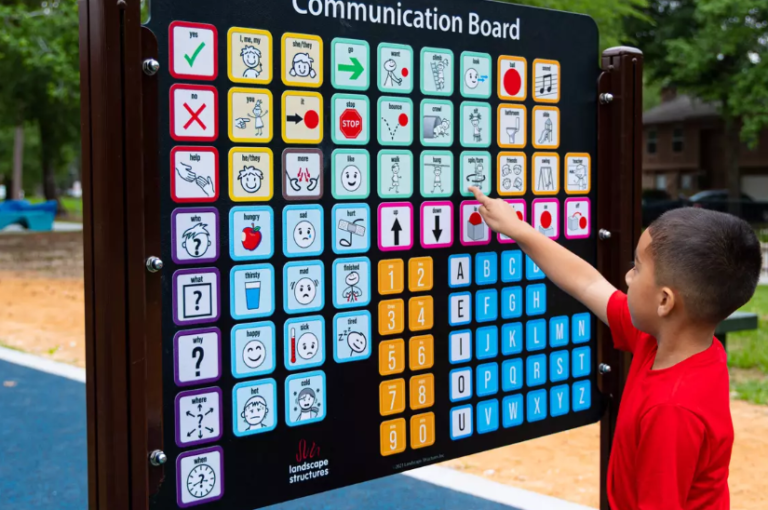Teenagers want to read – if we let them (Kittle, 2013). Encouraging students to become lifelong readers is a goal of any Language Arts teacher. Developing independent, engaged readers requires providing students with a variety of literature coupled with increased volume and complexity. Readers need attention, encouragement, and challenge. English teachers know how to provide all three. (Kittle, 2013)
*this article is tailored for students from grades 4-12
Why daily reading?
- Reading is rewarding
- Reading improves vocabulary
- Reading makes you a better writer
- Reading opens the door to College and Beyond/builds stamina
- Reading prepares you for the world of work
- Reading arms you against oppression/builds empathy
- Reading makes you smarter
- Enjoyable
Key Considerations in a Reading Classroom:
(Kittle, 2017)
Time: students need to be given time in class to read each day. This daily habit of reading helps prepare students for reading at home too.
Choice: students should be given choice to read what interests them, as interest drives engagement. Students should be allowed to re-read books they love and to abandon books they don’t.
Response: students should be encouraged to respond in authentic ways to the books they are reading through conferences, writing, discussion, and projects.
Vision: students should be flooded with opportunities to experience and talk about books. Daily book talks present a wide range of voices, styles of text, categories of interest, etc. and are essential for helping students develop their own ‘to read next’ lists.
Expectations:All readers are expected to grow in the areas of reading stamina and reading fluency with their daily practice. Student readers are expected to meet a weekly goal based on the challenge of the current selected text. All readers will update book lists, set goals, and read regularly each week at home.
Challenge: Conference with students to discuss their reading lists to analyze book choices, set goals and increase challenge. One strategy is to create book ladders to help students monitor progress and find books of increasing difficulty.
Modeling: Sharing your own reading life with students by discussing your own choices as a reader, displaying your reading list, or by sharing books you love, can invite students into your world as a reader. Each week, book talk a wide variety of choices from all genres and viewpoints. Use mentor text to model thinking, annotation and “fix-it” strategies.
Components of a Reading Classroom:
Independent Reading Time – allows students to develop a reading life through their book choices. The goal is for every reader to understand the limitless possibilities of literature. (Kittle, 2013)
Whole Class Study of Texts – choose texts that have something worthwhile to say to all readers. Giving students the opportunity to connect with their classmates to discuss their thoughts, feelings and theories in order to gain insight into themselves and their world. (Gallagher, Kittle, 2018)
Book Clubs – encourage students to develop their understanding of broader themes and development of characters, by discussing books with other students. We learn about ourselves through the perspectives of others. (Kittle, 2017)
Reading Conferences – Listening to the student is the key to a successful reading conference. Are they confused about the text? Are they frustrated? Are they confident as a reader and able to discuss their connection to the book? Listening to students will determine what type of reading conference you will have; “Conferences that Monitor a Reading Life”, or “Conferences that teach a Reading Strategy.” (Kittle, 2013)
Kittle, Penny. Book Love : Developing Depth, Stamina, and Passion in Adolescent Readers. Portsmouth, NH :Heinemann, 2013.









